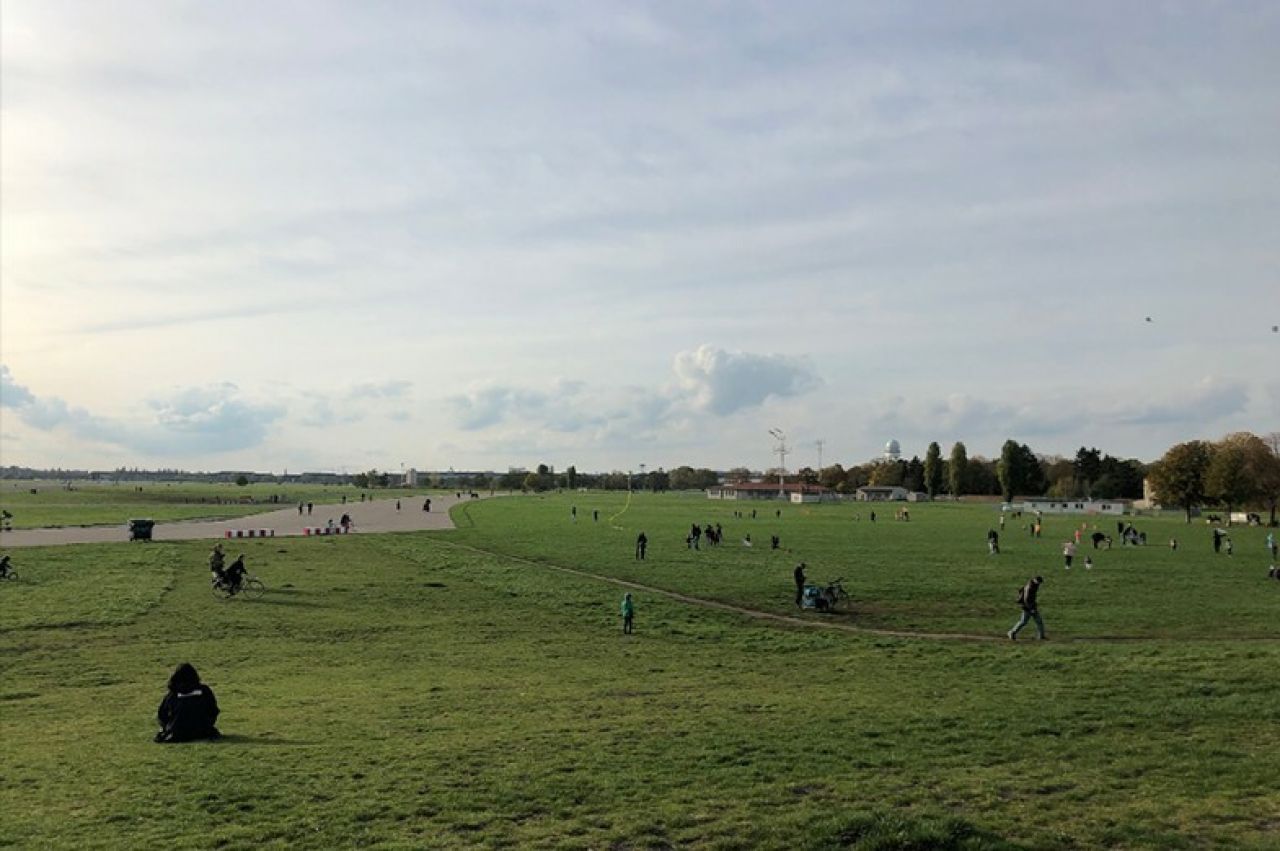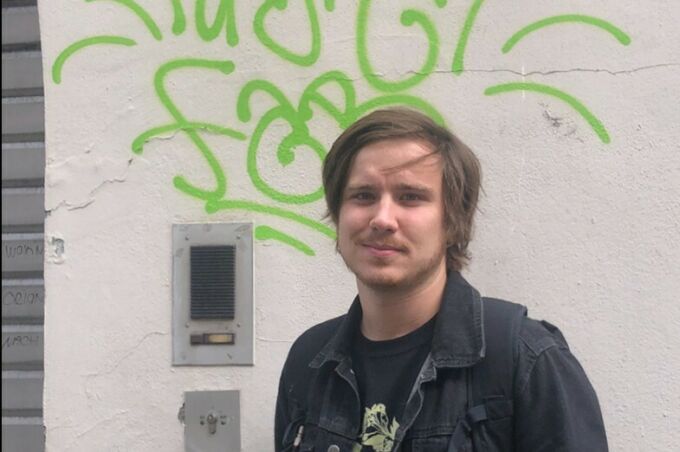February 05, 2020
Landscapes of reuse and recreation in Europe

Editor's note: The following is a summary of exploration by Bryce Brucker, a fifth-year landscape architecture student who was named the recipient of the 2019 Veronica Burns Lucas Travel Award in Landscape Architecture.
The scholarship, which is named after the late Veronica Burns Lucas, was established in 1999 to support students in their investigation into a recent design project that requires exploration outside of a traditional studio setting. Burns Lucas, a beloved member of the department before her passing, believed traveling and learning about other cultures were essential for landscape architects to develop the worldly insight needed in the profession.
Here, Brucher reflects on the time he spent in Berlin during the fall of 2019.
Over the course of history, people have altered the landscape to accommodate play by creating amenities like sports fields and hiking trails. These landscapes have begun to include the reuse of abandoned and leftover space not originally intended for recreation. They tend to create a sense of exploration, similar to that of the natural landscape, within the urban and industrial context.
Reutilization of place has been of particular interest to me for a long time. In the spring of 2019, while taking LARCH 497: Seminar, I read a portion of Alan Berger’s Drosscapes, which discusses abandoned, wasted, and leftover urban spaces in America. This planning-focused text really encouraged me to consider how designers can reprogram and adapt rather than create entirely new designs from the ground up.
While studying abroad during my fall semester this year, I was able to observe Europe’s approach to leftover space, particularly through the lens of recreation. With the help of the Veronica Burns Lucas Travel Award, I was able to visit Berlin.
Berlin is no stranger to leftover space. In the remanence of a divided city are many areas that resemble the “Drosscapes of America” that Berger discusses in his work. During German reunification many former East German industries were shut down. Berlin’s rich history and expressive energy allows its more desolate and wasted spaces to feel just as important as its landmarks. The graffitied remains of the Berlin Wall are one example of these two aspects fusing into one.
Templehof Feld, though not located in east Berlin, is an example of reuse that exemplifies play. Now a massive public park, Templehof was previously an airport used in World War II. It is full of vast open space, as well as walking trails stemming from two large runways. On these trails, visitors can find a dog park, a section for urban gardening, and a skatepark. The project reads less like a design and more like an infamous landmark rededicated to the people of Berlin as a place of free play and recreational expression
While in Europe, I was able to visit many places that reused urban and industrial space, such as Landschaftspark and Copenhill. These visits were important, but Berlin really allowed me to see what reuse looks like in the large-scale planning of a city. It made me consider what post-industrial landscapes can look like in places such as the Midwest United States, and how reprogramming and rethinking space can heavily influence design. I am honored to have had this experience and aim to apply what I’ve learned into my future as a designer.

